3 Maintenance Tips for Antique Furniture
To many, the material possessions that they purchase embody their hard work and achievements throughout life. This is especially relevant when it comes to pieces of antique furniture, which are often unique and extremely costly to procure. With this in mind, it is imperative that you take considerable care of these pieces and adopt a proactive approach to maintaining their form and function. Rather than relying on expensive and sporadic professional care, for example, it is far better to take the initiative and maintain your furniture on an everyday basis.
3 Tips for Maintaining Antique Furniture in the Home
So what are the key considerations when looking to maintain the integrity of antique furniture? Consider the following: –
The Fundamental Difference Between Standard and Antique Furniture
As a home-owner, your first task is to understand the core difference between antique furniture and modern furnishings. It is important to note that antique pieces are not solely designed for function, which means that greater attention must be paid to maintaining their finish and unique aesthetic. In addition to this, keep in mind that the use of individual polishes, adhesives and fasteners can have a direct impact on the quality and value of antique items.
The Environment of your Home
In terms of surroundings, it is important to make yourself aware of how environment impact on your antique furniture. Direct sunlight and UV rays can be particularly damaging to these items, for example, as they degrade the finishes and fabrics that contribute to their underlying value. The same principle applies to hot and cold air, so refrain from placing antique furniture near windows or in front of heating and air conditioning vents. Whether you are dealing with antique bed bases or living room furniture, these rules must be followed without exception.
The Threats Posed by Insects and Pests
There are a host of internal threats than can undermine the look of your antique furniture, so you must remain vigilant as a home-owner. Insects and small pests can be especially troublesome, as wood, fabrics and upholstery materials can be inviting to these creatures and suffer considerable damage as a result. You must therefore strive to identify potential infestations as soon as possible, by looking for exit holes on wooden pieces and the presence of strangle oils or grease on other fabrics.
The Bottom Line
Regardless of your reasons for purchasing antique furniture, these items represent a considerable financial investment. In addition to any sentimental value that they may carry, this means that you should leave no stone unturned in maintaining the integrity of these pieces and ensuring that they retain their value over time.

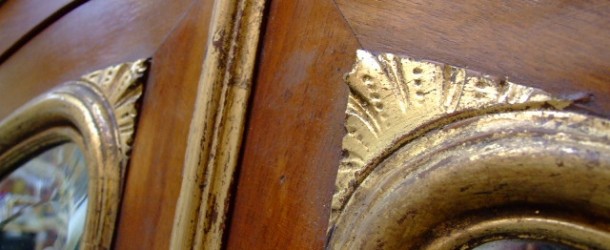
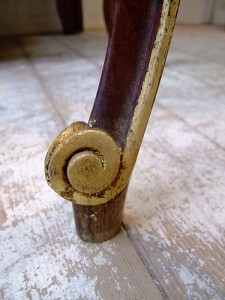
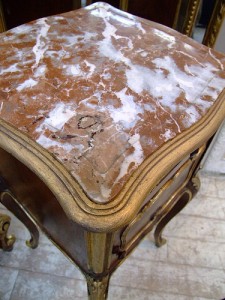
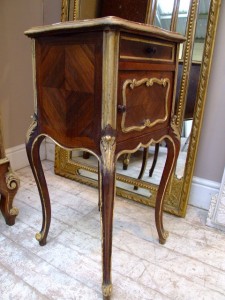
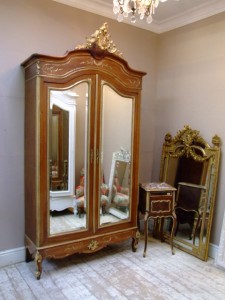
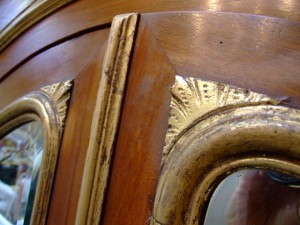













Comments are closed.